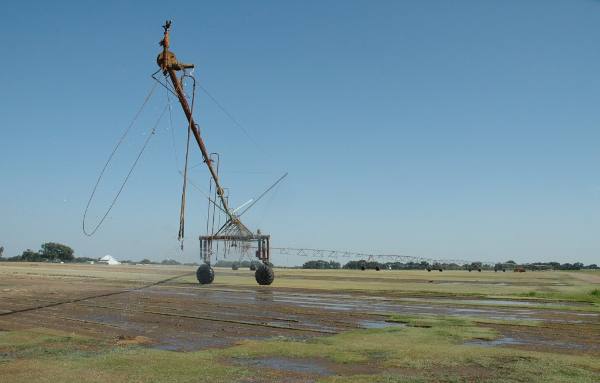August 21, 2012

An El Niño currently developing in the tropical Pacific could mean an improved agricultural outlook for all of Texas, according to Dr. John Nielsen-Gammon, state climatologist and regents professor at Texas A&M University.
“An El Niño refers to unusually high tropical temperatures which shift the pattern of tropical convection, and usually leads to a cool and wet winter for Texas,” Nielsen-Gammon said.
Though an El Niño’s effects are usually stronger in southern parts of the state along the Gulf Coast, it generally causes shifts in weather patterns for the entire state, he said.
“It’s a nice switch from the last couple of years, which were La Niña events, which generally favor dry conditions,” he said.
La Niña episodes are when the tropical Pacific temperatures are lower than average, he said.
Unfortunately for the Midwest and Mississippi Valley, an El Niño generally “signals” a drier-than-normal winter, according to Nielsen-Gammon.
Currently, tropical Pacific temperatures are about 0.5 to 1.0 degree Celsius (0.9 to 1.8 degrees Fahrenheit) above normal, Nielsen-Gammon said.
“Right now, it looks like a weak to moderate one,” he said. “It would have to be 1.5 to 2 degrees (2.7 to 3.6 degrees Fahrenheit) above normal to get a strong one.”
But even a weak-to-moderate El Niño should have a pronounced effect on this year’s winter weather, he said.
“I just want to emphasize that wet conditions from an El Niño are not a sure thing, just like dry conditions with La Niña are not a sure thing,” he said. “Last year, we saw La Niña conditions, but we ended up having above-normal rainfall across the state.
“For the sake of West Texas, I hope this El Niño comes through for us and gives us wet weather, but there’s no guarantee of that.”
North Atlantic temperatures are still running high, which is “a strike against us, especially for summer or fall,” Nielsen-Gammon said. “But sometime around November, statistically the Pacific starts to take over, having a bigger effect on our weather.”
More information on the current Texas drought and wildfire alerts can be found on the AgriLife Extension Agricultural Drought Task Force website at http://agrilife.tamu.edu/drought/.
You May Also Like




